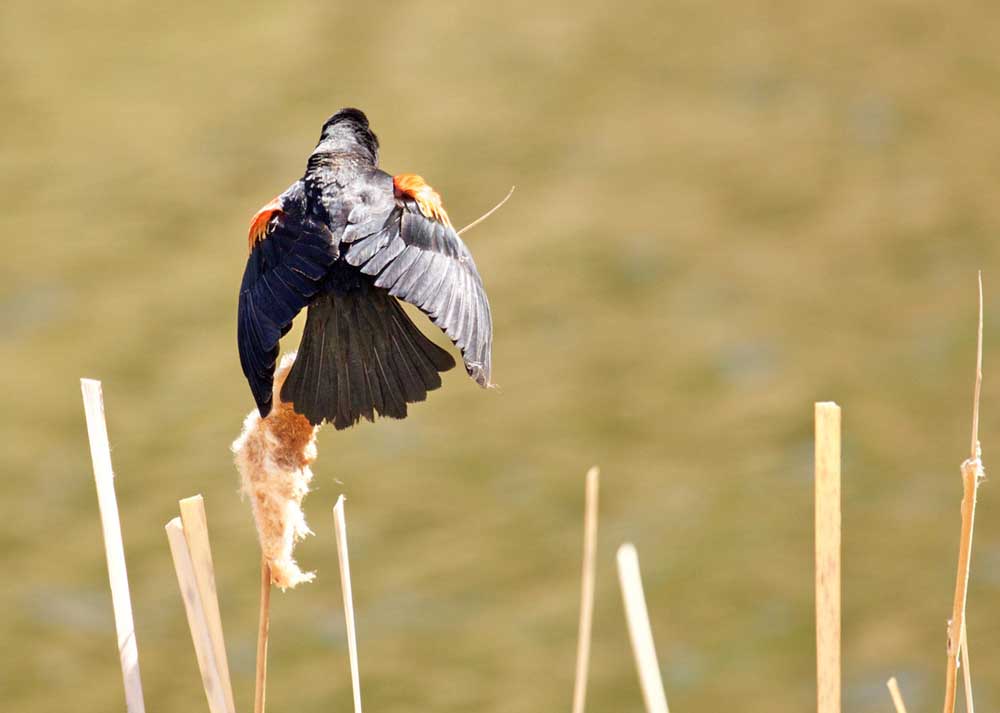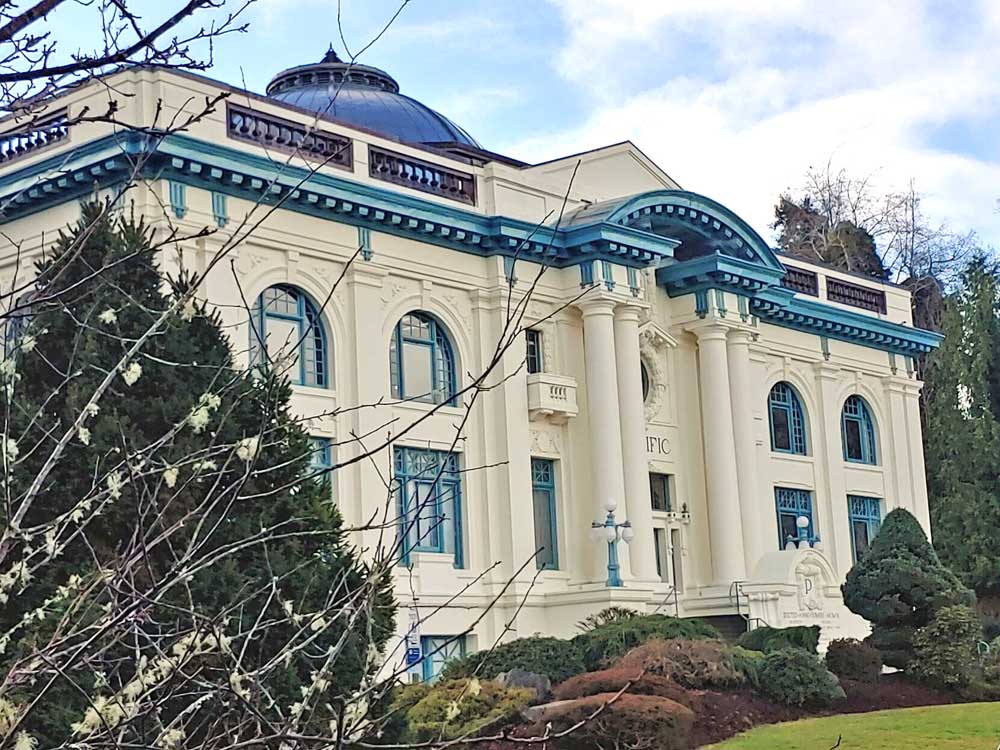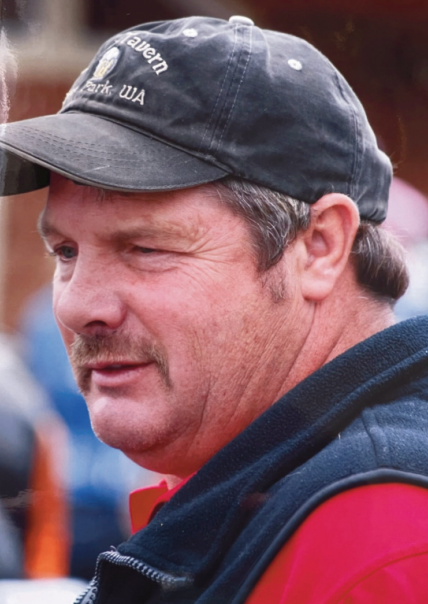Birdwatching: Time to observe our most iconic blackbird
Published 12:46 pm Tuesday, February 28, 2017

- A male red-winged blackbird alights on a cat-tail.
By Dr. Madeline Kalbach
Trending
For the Observer
Spring is wending its way to the Long Beach Peninsula. Blackbirds are early spring migrants, and one of the most iconic blackbirds is the red-wing! It is our most common and widespread blackbird. It prefers to nest in wet, marshy or brushy habitats, and it can often be seen foraging in open fields.
The male red-winged blackbird is a glossy black in color with brilliant red epaulets with a yellow-buff border. The female is dark brown with white streaks. Her throat often sports a pale pink or orange wash. She is well camouflaged for nesting, and she needs to be because she is the main care giver of the young and usually builds the nest. Males may assist with the care of fledglings.
Trending
Red-winged blackbirds forage on the ground for seeds, grains, plant material and invertebrates. When nesting they concentrate on securing invertebrates to feed their young. These birds will also visit bird feeders and when they do watch out! They are voracious eaters.
The red-winged blackbird’s song is a familiar harsh, gurgling konk-a-reeee, konk-a-reeee. You can’t miss this highly adaptable, blackbird with the fancy red-yellow shoulders and loud song. Look for red-wings at the Tarlatt, Reikkola and Leadbetter Point units of the Willapa National Wildlife Refuge. Red-winged blackbirds are also resident in other places on the Peninsula such as Cape D, the Ilwaco harbor, Beard’s Hollow and Ocean Park.
Migrant blackbirds tend to gather in large flocks, often with other blackbirds. You will be seeing large flocks of blackbirds in the days to come so look carefully. You may see the “iconic” red-winged blackbird!









